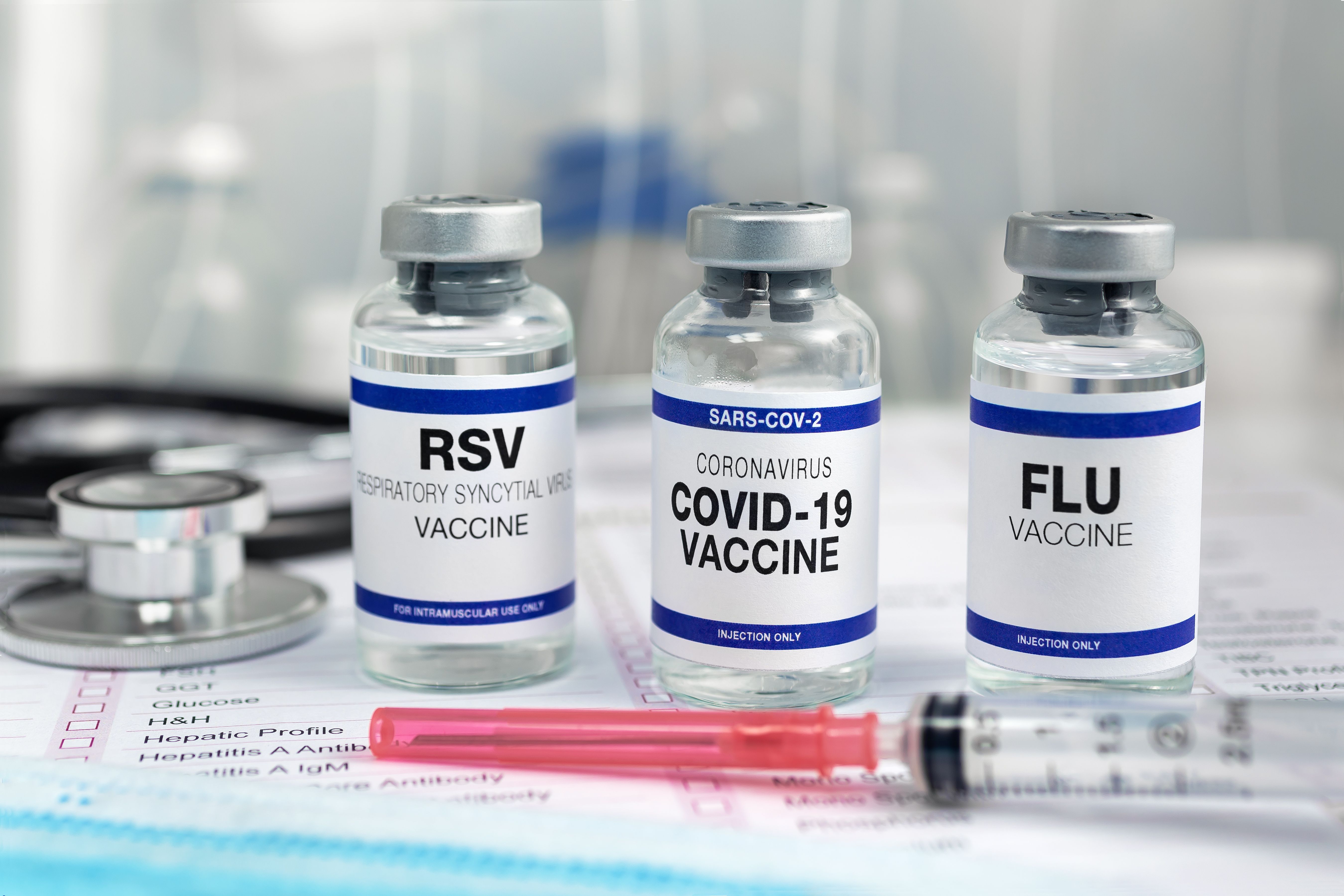Article
Dentists Not Associated with Changing Duration of Opioid Prescriptions, Despite Statewide Limits
Author(s):
Dental opioid prescriptions are associated with risk of addiction and overdose, but most states are enacting policies that limit the duration of prescriptions for acute pain.
Implementing state opioid prescribing limits has no effects on the duration of prescriptions dispensed by dentists, according to new research. The analysis found that both adults and children received, on average, 3-day supply of opioids from dentists.
“These findings are consistent with those of a growing body of studies suggesting that state limits have done little to curb excessive opioid prescribing for acute pain,” the study authors wrote in JAMA Network Open.
In 2019, 7.6% of all opioid prescriptions were provided by dentists in the US, equating to 10.9 million prescriptions. Dental opioid prescriptions are associated with risk of addiction and overdose, with the risk of adverse events growing the longer a person is on the drug.
At least 39 states restricted the allowed duration of opioid prescriptions for patients who have acute pain, are new to opioids, or both, with the goal of reducing extra pills for misuse. This was called the Prescription Drug Monitoring Program (PDMP) Use Mandate.
However, investigators hypothesized that dentists would not decrease prescribing a 3-day opioid regime, despite the nationwide limit becoming 7 days. To investigate this, they conducted a difference-in-differences and cross-sectional study to assess the association between the nationwide supply limit and dentists’ personal prescribing practices for children and adults between 2014 and 2020.
Researchers analyzed data of nearly 90 million dental opioid prescriptions that came from the IQVIA Longitudinal Prescription Database. The data was collected from 2014 to 2020, and it contained information about 92% of all prescriptions dispensed from retail pharmacies.
According to the study, the median duration of opioid prescription following a dental procedure is, on average, 3 days. After the mandate, dentists continued to supply patients with 3-day supplies of opioids, even when the national allowed limit was reduced to a 7-day supply.
“Moreover, the association between limit implementation and the duration of these prescriptions did not vary by limit restrictiveness or dentist specialty,” the study authors said in the report.
There are also loopholes that may be preventing reduced dental opioid prescriptions. Nearly 50% of states in the analysis allow dentists to exceed the prescribing limit based on professional judgement. Additionally, PDMP states that restricted opioid prescriptions to a 3-day supply still saw dentists giving patients this maximum allowed dose.
“Even more restrictive limits, such as those allowing only a 2-day supply of opioids, may be needed to decrease the duration of dental opioid prescriptions,” the authors suggest in the article.
The study includes some limitations. First, states enacting limits after 2019 were not included. Additionally, the IQVIA database does not have data on pharmacies affiliated with US Department of Veterans Affairs or health system-specific pharmacies. Finally, researchers could not assess changes in the probability of opioid prescription dispensing after dental procedures.
“Policy makers might prioritize interventions with a greater potential to reduce the probability of opioid prescribing by dentists in the first place,” the authors wrote in the article. “Future research is needed to investigate whether other interventions play a role in reducing dental opioid prescribing.”
Reference
Chua K, Nguyen T, Waljee J, et al. Association Between State Opioid Prescribing Limits and Duration of Opioid Prescriptions From Dentists. Accessed January 13, 2023. JAMA Netw Open. 2023;6(1):e2250409. doi:10.1001/jamanetworkopen.2022.50409





